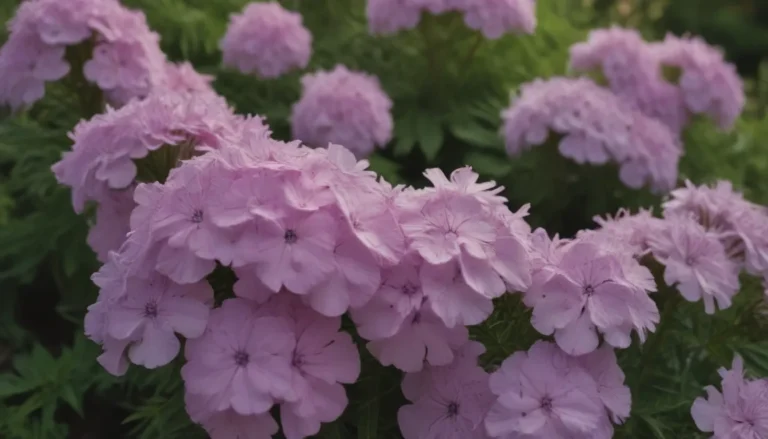The Ultimate Guide to Growing and Caring for Ball Cactus

Welcome to the ultimate guide on how to grow and care for one of the most fascinating cacti out there – the ball cactus! Also known as the Parodia magnifica, these small cacti are not only showy but also easy to grow, making them the perfect addition to any plant lover’s collection. In this in-depth article, we will dive into everything you need to know to ensure your ball cactus thrives and blooms beautifully.
Getting to Know Ball Cactus
Ball cacti are native to central South America and are a great choice for beginner cacti enthusiasts due to their easy care requirements. They are moderate growers, adding about four inches to their height each year. With their round appearance and beautiful flowers in shades of yellow, red, orange, or pink, these cacti are sure to add a touch of beauty to your indoor or outdoor space.
Key Features of Ball Cactus:
- Round appearance
- Moderate growth rate
- Colorful flowers in various shades
- Ridges of spikes that change color with age
Ball Cactus Care Tips
Taking care of your ball cactus is relatively simple, as long as you understand its basic needs. Here are some essential care tips to help your cactus thrive:
Light:
- Ball cacti prefer lots of light but not direct sunlight all day.
- Provide partial shade during the hottest hours of the day.
- Rotate indoor cacti periodically for even growth.
Soil:
- Use a well-draining cacti or succulent-specific mix.
- Add coarse sand, perlite, or pumice to improve aeration.
- Maintain a slightly acidic soil with a pH between 6.1 and 6.5.
Water:
- Water regularly during the growing season when the soil is dry.
- Let the soil dry out between waterings in the winter.
- Ensure proper drainage to prevent waterlogging.
Temperature and Humidity:
- Ball cacti prefer warm, desert-like conditions.
- Can survive temperatures as low as 20 degrees Fahrenheit.
- Avoid excess moisture or humidity to prevent rot.
Fertilizer:
- Use a cacti-specific fertilizer during the growing season.
- Suspend feeding during the dormant winter period for optimal growth.
Types of Ball Cactus
While the Parodia magnifica is a popular choice, there are other types of ball cacti worth exploring. Here are a few more popular varieties:
– ‘Golden ball’
– ‘Powder puff’
– ‘Red Tom Thumb’
Propagating Ball Cactus
Propagating ball cacti is relatively easy, as they readily produce offsets around the base of the mother plant. Follow these steps to propagate your cactus successfully.
Potting and Repotting Ball Cactus
Repot your ball cactus as needed, ensuring proper drainage and dry soil before repotting. Here are some tips for successful repotting:
– Repot during the warm season when roots show through drainage holes.
– Use a pot with a drainage hole to prevent waterlogging.
– Spread out the roots evenly during repotting for optimal growth.
Common Pests and Problems
While ball cacti are generally low-maintenance plants, they can face common pest and care issues. Here are a few tips to help you combat them:
Common Pests:
- Whiteflies
- Mealybugs
- Aphids
- Spray with a mix of rubbing alcohol and water to eliminate pests.
Common Problems:
- Softening of the cactus body due to root rot.
- Nicks in the flesh leading to bacterial or fungal infections.
- Monitor for signs of disease and take prompt action to remedy.
Fun Facts about Ball Cactus
- It may take up to three years for a ball cactus to start producing flowers.
- The Parodia magnifica cactus is considered endangered but is still readily available in the market.
- Ball cacti should only be planted in USDA zones 9 through 12 due to their sensitivity to cold temperatures.
In conclusion, growing and caring for a ball cactus can be a rewarding experience for any plant enthusiast. By following the tips and guidelines outlined in this comprehensive guide, you can ensure that your cactus thrives and displays its beautiful blooms for years to come. Happy growing!





